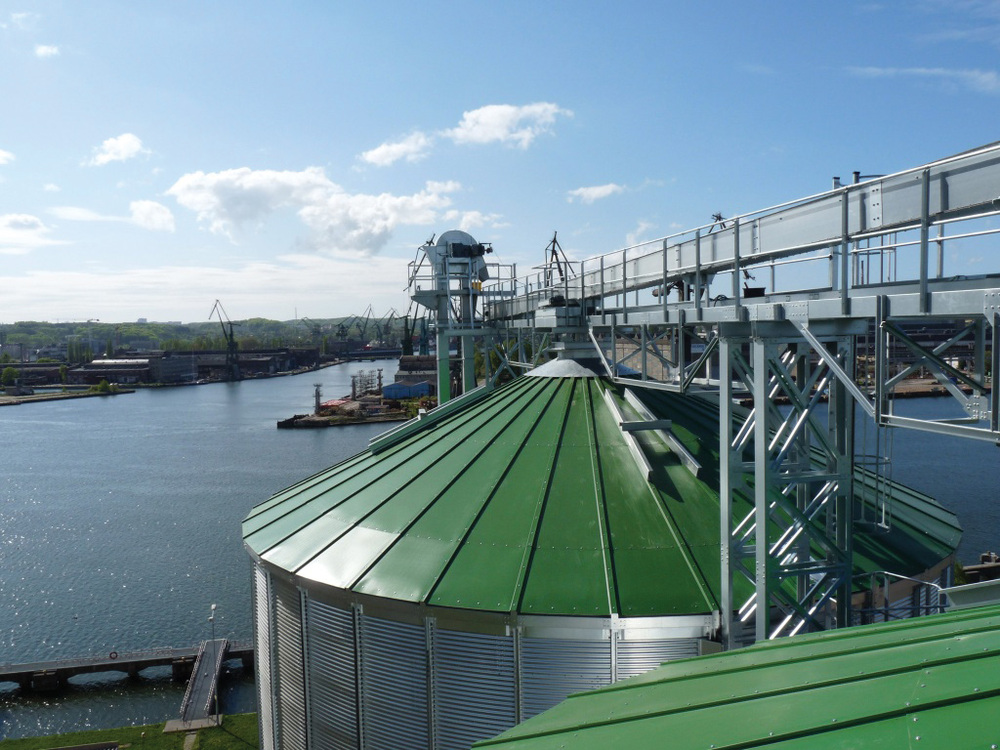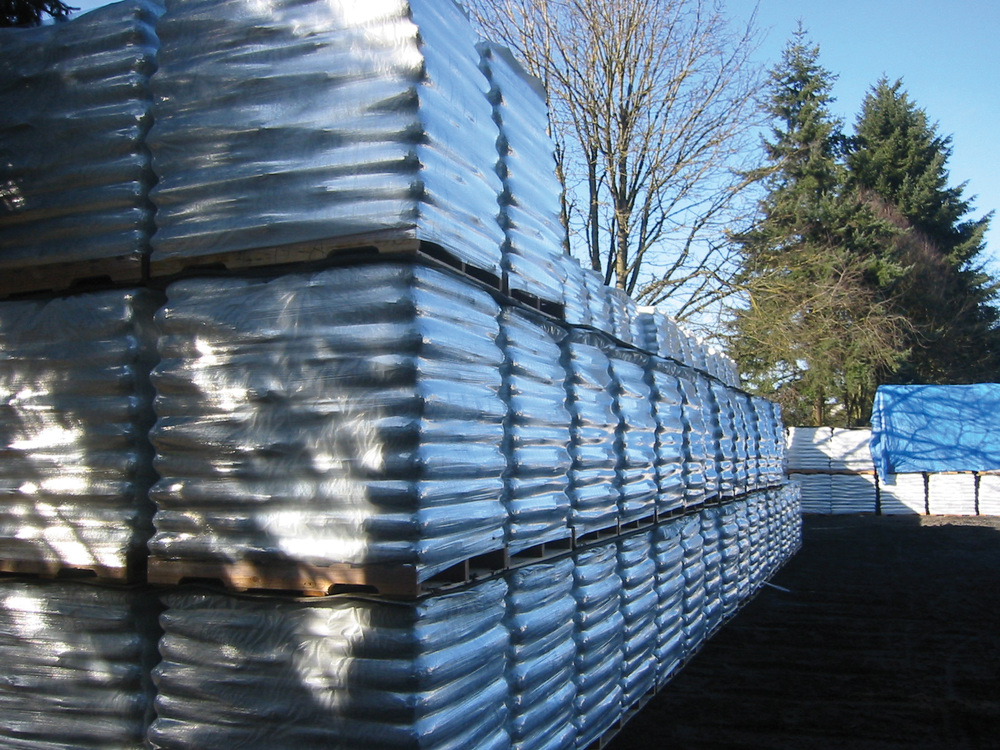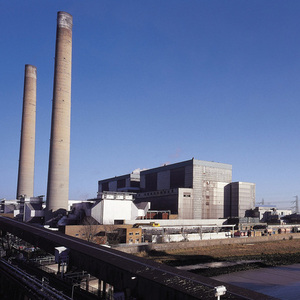Contract Concepts
















PHOTO: RWE
July 3, 2012
BY Luke Geiver
Wood pellet producers and biomass providers searching for a North America-to-Europe export supply contract will eventually find Henry Pease. As the senior biofuel portfolio manager for RWE’s Supply & Trading division, Pease leads a biomass trading and procurement group for the giant German utility provider. “We source between 2 to 3 million tons of wood pellets (annually) from all over the world,” he says, and because of his place in the global biomass market and his continual search for biomass, Pease says his team is familiar with all of the established producers and most of the companies close to startup, whether they operate in Finland or Florida.
When Pease and his European counterparts talk about biomass trading and procurement, and generally comprehending the wood pellet export/import market, two things become clear: experience is favored, yet change is inevitable. They explained the basics of wood pellet supply contracts, the truths of long-term agreements, and why, even though firms like Pease’s prefer to work with established biomass suppliers, the wood pellet supply contracts of the future will be formed with companies that don’t yet exist in the marketplace today.
Pellet Contract Basics
To start, all biomass and pellet suppliers based in North America need to know that as the biomass fuel heads towards Europe, as Pease explains, “the boat doesn’t always finish where it said it was going to finish.” The final destination of a cargo ship loaded with biomass however, should be of little concern to those who produced the biomass. From Pease’s perspective, a pellet producer or biomass supplier should be concerned with two things only: producing, and continuing to drop the price of production. “Our role as a trader is to optimize the supply chain,” Pease says, “to have a portfolio of supplies. Producers do what they do, whether they are a large producer or a small producer, their job is to make pellets as economically as they can.”
For contract agreements, the ability of a producer to do his job is also a main staple of how contracts are formed. “A company that already exists and knows what he is doing isn’t looking for the same offtake contract as someone that is coming to the market new,” he points out. “If you need equity or you need debt then you need different things in the offtake.” The main point Pease makes about forming a contract however, is that his firm tries to match up what it can offer with what its investors (power plants and end users) need.
Different buyers can do different things, he explains. Some can offer longer tenure, some can buy more on a tons/year basis, others can manage the freight from the production facility to the port to the end location, and, he adds, where an end user buys the biomass can greatly vary from the physical power station to a specific port or in some cases, even a specific boat.
After a firm such as Pease’s hashes out the needs of a buyer (a two-year contract for 200,000 tons delivered to a Belgium port through monthly shipments, for example), the next step in the process is to match up the ability of the producer with the need of the buyer to form the contract, all based on that dynamic.
Advertisement
A typical supply agreement links a biomass trader or procurement specialist like Pease, with the biomass producer. In most, if not all cases, a producer will not be working directly with the end user.
The typical cargo ship can carry 25,000 to 45,000 tons per load and a pellet provider or woodchip supplier will get paid every time a shipment arrives at port. Although most North American biomass suppliers would prefer a contract supply length of 10 or more years, Pease says the norm is anywhere from two to five years. The average installed capacity of a pellet mill participating in a supply contract can vary widely, (most are above 70,000 tons/year), and although the nature of biomass makes quick shipments or the presence of a large spot market a major portion of the overall supply market, there are enough companies or people currently operating in the market to show why single shipment and short-term contracts (months not years) do exist.
Simon Christensen, storage, logistics and sales specialist for Copenhagen Merchants, a biomass trading and procurement firm, knows all about short term contract basics. Christensen says his company began operating in the pellet supply markets after a number of smaller mills in the Baltic markets voiced their need to aggregate their volumes in order to meet the needs of buyers with demands too large to be met by a single producer. “There is always a market for long-term contracts,” he points out, “but there is also always a place for spot contracts.”
Christensen’s firm trades more than 500,000 tons per year of biomass, half of which are spot- or short-term contracts that are for one- to three-month supply shipment periods. Another large portion of his business is what he considers a long-term contract, a term of roughly one to one and a half years in length. No matter what the length of the contract term is however, Christensen points out that a contract agreement can be initiated from both sides of the value chain and most importantly, “the process is never a one off.”
Biomass Trader Truths
Although Christensen’s assertion about the repeatability of the supply contract formation process makes it sound as if every pellet producer entering into an agreement will be operating under a set of unique and potentially problematic circumstances each time product is ready for shipment, don’t worry.
Christensen, like Pease, can cite numerous examples of how or why contracts are formed. Consider this, Christensen says, sometimes it is the producers who approach first, explaining their desire to sell around a specific price. In other cases, the opposite is true, and a buyer will approach a biomass trader seeking a specific tonnage at a specific price, by of course, a specific date.
Luckily for pellet producers or biomass suppliers, people like Christensen and Pease have an extensive portfolio of producers to meet the changing demands of larger buyers, which in turn, Christensen points out, makes the appeal of biomass to large European utilities greater due to the constant and readily available supply of biomass that is tracked, secured and ready because of trading and procurement firms. The best part is that with more biomass usage, more will only follow because of the stability of the supply market.
“As a trader we like having products with different specifications with different load ports with vessels that have different sizes,” Pease says, “because that means different power stations in different countries can have different demands and needs and we can try and match it all together.”
Advertisement
“We always have stores in different places,” Pease says, “We can sort of balance out the needs of small producers,” and, according to Christensen, large buyers. Throughout most of the year, a small producer he says, needs to have a low stock on hand and have access to fast cash loads.
“When you are building a pellet plant,” Pease explains, “you are trying to sell 80 to 90 percent of what you think you are going to produce upfront, so there is not a lot of wiggle room there.” Unfortunately, problems arise for either side. Both Pease and Christensen had to deal with the backlash of a massive fire at a massive biomass power plant, Tilbury Power Station, this year that Pease says, “severely disrupted the whole supply chain.” The job of Pease and Christensen is to manage that, sell product to other end users, store product or in some cases, pay people not to produce. “Our job is to sit in the middle of the ripples and try to smooth them out a little bit,” Pease says.
Smoothing out the process only helps the procurement firms shore up the future, according to Christensen, who says that any notion that a procurement firm will not pay out on a contract or fail at some point in the process is a nonsensical assertion, because as the middleman, two sides need to stay happy, not just one. “If I don’t deliver (for the producer or the buyer) I’m out of it. I would argue that the main risk is on my side.”
To reduce that risk, both Christensen and Pease have a few thoughts on how to de-risk, or as Pease implies, to de-ripple the supply contract process. First and foremost comes stability by the producer, in both production and quality of the biomass supplied, something they look for in every contract. Then, Pease explains, producers need to think hard about how they operate. “A lot of new companies operate with very few people,” he points out, a situation that is usually difficult because there are so many aspects to the industry that a handful of people can’t typically perform.
As for payment plans, Pease says they prefer to pay North American producers in U.S. dollars instead of Euros because a pellet production team typically is not going to convert the money because of the amount of money required to do so, or the time. As for biomass supply aggregation models that bring multiple pellet producers or biomass suppliers together to fill a tonnage request of a large buyer, both Pease and Christensen say the model can and will work. “It is perfectly feasible,” Pease says, “there are some issues they need to get past like sustainability and standardizing quality, but they can certainly do it.”
And that is exactly what Christensen hopes will happen. His firm is working with a group in Florida to form an aggregation model, because as he says, “We see a big rise in demand, and a big rise in supply,” regarding their outlook on the industry.
Nicole Forsberg, a researcher at Lund University in Sweden studying the opportunities and barriers to growth in the European biomass market, reminds us why pellet producers or biomass suppliers should be bothering to link up with traders and procurers. “In the EU,” Forsberg says, “demand far outweighs the EU’s domestic forest supply capabilities, so,” and this should be a clear enough reason, “import is the only answer, even long-term.” One should also keep in mind, she says, that if the imported pellets turn out to be cheaper than the EU’s domestic supply, the import demand will be even higher.
Currently, she says, imports from North America are mainly headed to the Netherlands, the U.K. or Belgium, due to the big harbors where large amounts can be imported.
But, even though Forsberg’s entire research platform is based on understanding the atmosphere of the export/import of biomass to/from Europe, the best reminder of why contract supply agreements matter comes from the person with the greatest risk, the middleman in this case, people like Christensen who have to appease two parties to make money. “I believe if we are good,” he says, “if we follow this market, there will be plenty of opportunities for skilled traders.”
Author: Luke Geiver
Features Editor, Biomass Magazine
(701) 738-4944
lgeiver@bbiinternational.com
Upcoming Events





